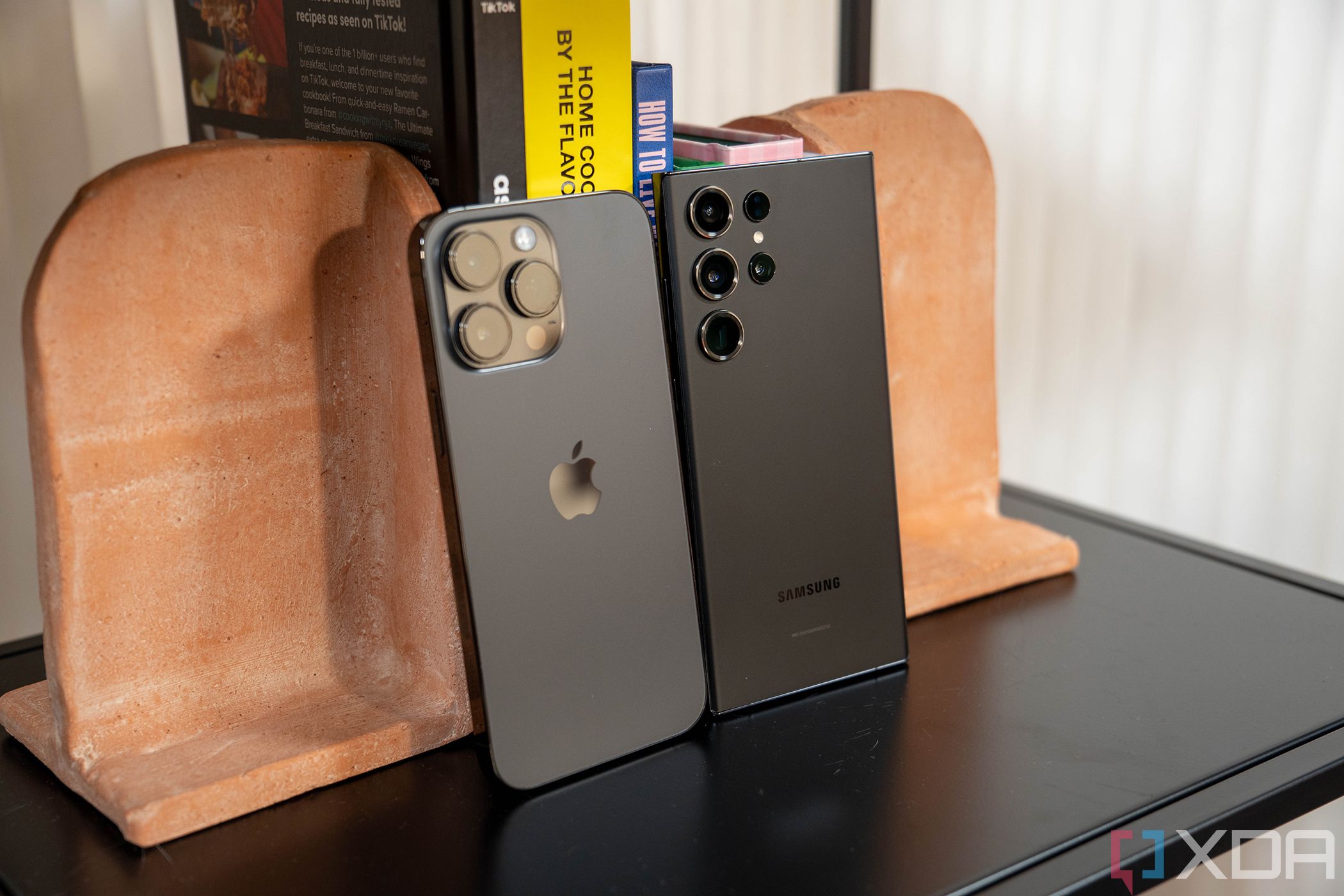With Geekbench 6 just being released and changing its testing criteria, it's tough to see how a device you test today stacks up against the rest of the competition. In response, we put some of the most popular smartphones to the test so that you can get a rough idea of how phones stack up against each other. We tested devices from Samsung, OnePlus, Apple, Google, and more to get a good idea of how the landscape has changed for smartphones.
Geekbench 6 results
Check out the table below for the devices that we tested. These are the average of three tests on each device and will give you an idea of the scaling from one generation to the next.
|
Device |
Single core |
Multi core |
|
Samsung Galaxy S23 Ultra |
1,956 |
5,126 |
|
iPhone 14 Pro |
2,548 |
6,555 |
|
Samsung Galaxy S22 Ultra (Snapdragon) |
1,720 |
3,928 |
|
Samsung Galaxy S21 Ultra (Snapdragon) |
1,563 |
3,814 |
|
Samsung Galaxy S20+ (Snapdragon) |
1,204 |
3,462 |
|
OnePlus 11 |
1,398 |
4,974 |
|
OnePlus 10 Pro |
1,363 |
3,848 |
|
OnePlus 9 |
971 |
3,074 |
|
Google Pixel 7 Pro |
1,450 |
3,553 |
|
Google Pixel 7 |
1,481 |
3,867 |
|
Google Pixel 6 Pro |
1,314 |
2,805 |
|
Nothing Phone 1 |
1,056 |
2,983 |
|
Realme 10 Pro 5G |
899 |
2,031 |
In the case of some devices like the Google Pixel 7 Pro, it's clear that the new Geekbench 6 tests make it look better in the face of other flagship smartphones. With a multi-core score in the Pixel 7 close to what the Galaxy S22 Ultra can achieve (and most applications being multi-threaded these days), it suddenly makes that device an enticing prospect for benchmark aficionados. Previously, there would have been about 700 points in the difference on average, with the Google Pixel 7 scoring around 3,100 and the Samsung Galaxy S22 Ultra getting anywhere between 3,500 and 3,800.
Of course, this highlights the issues that one may face when basing their impression of a device's performance on just a benchmark. These devices didn't magically get better, it's just how they're being tested that has changed. Benchmarks aren't the be-all and end-all of testing a device and don't account for the user experience, and no matter how hard they try, they'll never be able to replicate that completely.
Why are the Geekbench 6 scores different?
Primate Labs made a few key changes that it says will test things you actually do on your phone, including larger photo processing, background blur for video, larger maps for navigation, ray tracing, and more. The understanding is that machine learning and other heterogeneous computational workloads are better metrics for a smartphone's performance, and Geekbench aims to test that much more.
Because of the change in testing criteria, Geekbench 5 numbers are incomparable to the ones collected here. A device that scores 10% higher than another in Geekbench 5 may not necessarily score higher in Geekbench 6, and it's actually possible to score lower. It's an entirely new scaling system built on an entirely new calculation process, so keep that in mind when you see Geekbench scores going forward.

